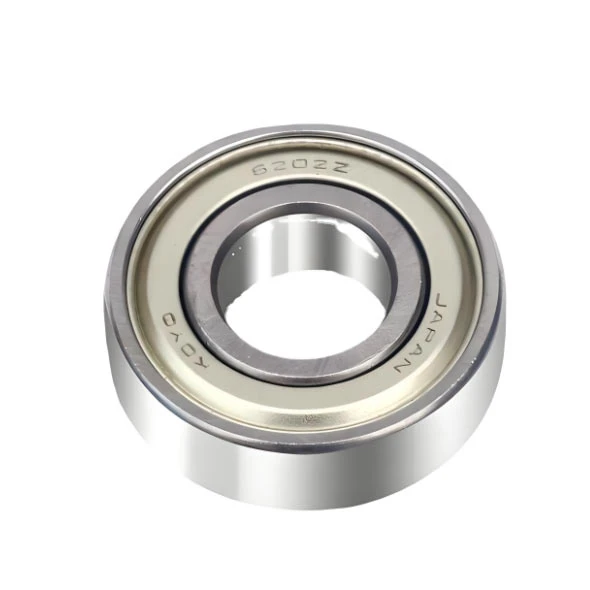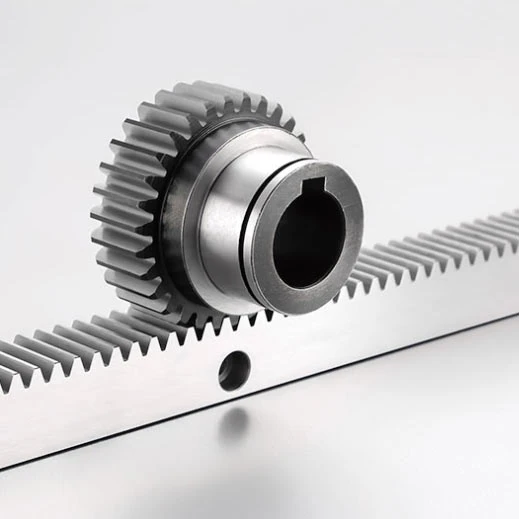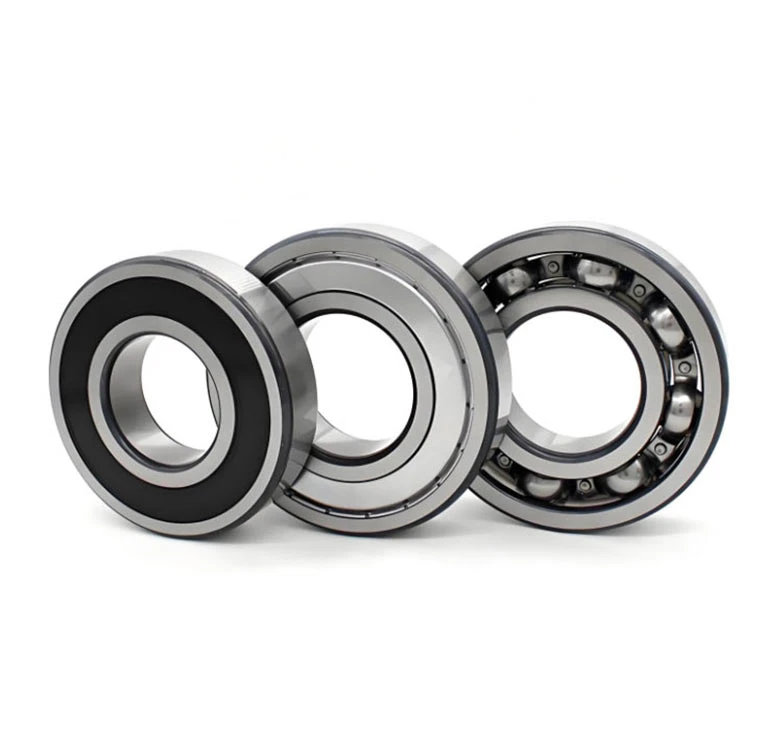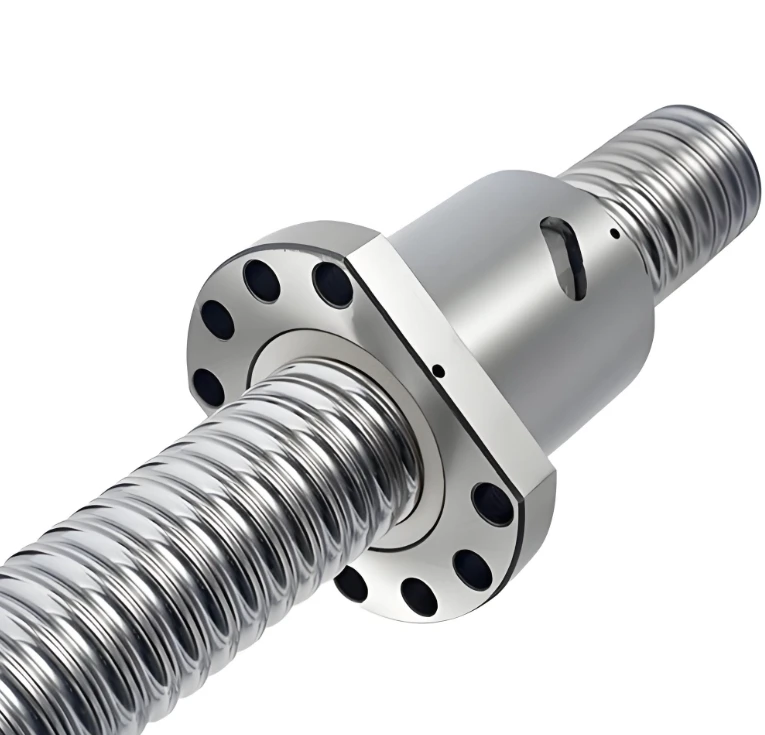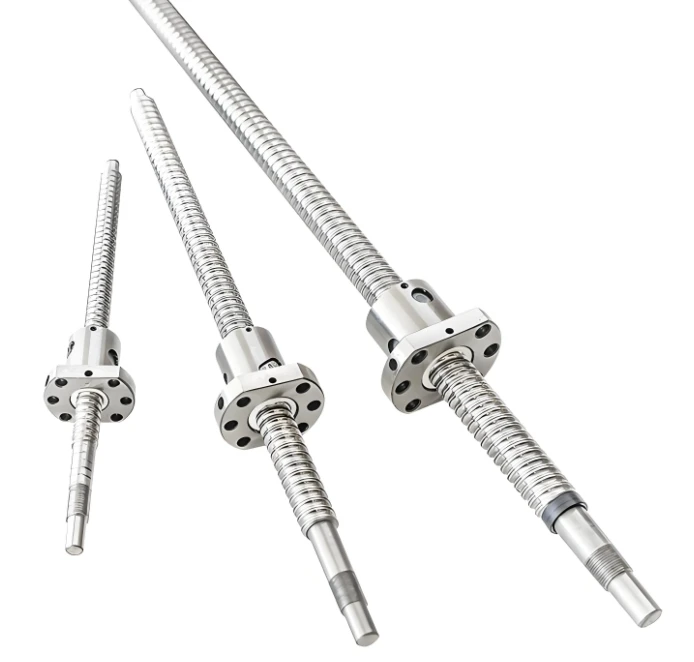- Introduction to Stick Bearing and Related Bearings
- Understanding Specifications: 6202 2RS and 6202 Bearing
- Technical Advantages and Performance Insights
- Manufacturers Comparison: Quality, Pricing, and Support
- Customization Options and Engineering Solutions
- Application Case Studies in Various Industries
- Conclusion: The Future of Stick Bearing Technology
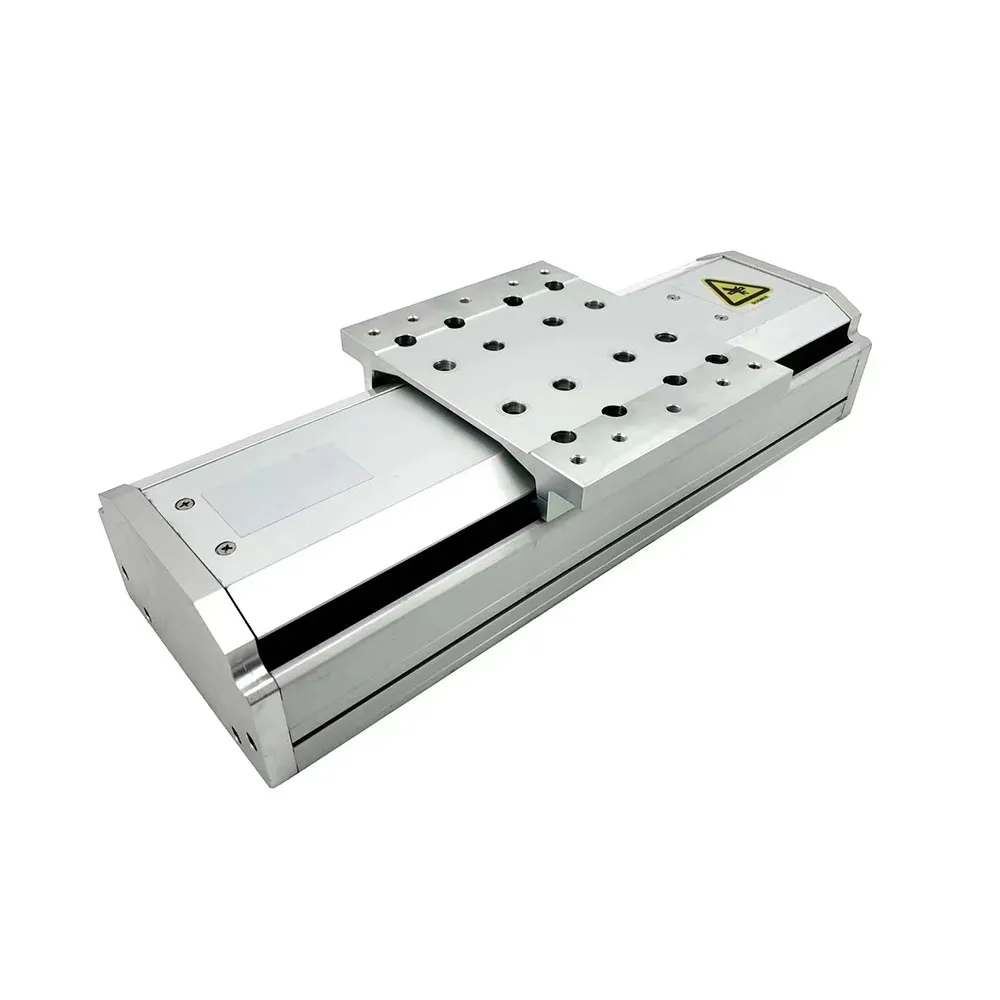
(stick bearing)
Introduction to Stick Bearing: Market Overview and Demand
The global demand for stick bearing
solutions has surged across sectors such as automotive, agricultural equipment, and industrial machinery. Among the most popular bearings are the 6202 2RS bearing and 6202 bearing, both recognized for their reliability and versatility in diverse operational environments. According to the latest statistics, the global bearing market reached USD 40.4 billion in 2023, with deep groove ball bearings like the 6202 series comprising more than 35% of total sales volume. This rising trend is propelled by the need for precision, durability, and cost-effective motion solutions as manufacturing automation becomes ubiquitous.
Stick bearings, including sealed types such as 6202 2RS, are engineered to withstand strenuous loads and dynamic conditions. Their adaptability and compact design address the requirements of both OEMs and maintenance professionals, making them an integral part of critical assemblies worldwide. As energy efficiency and lifecycle cost reduction become primary concerns, the appropriate selection and application of stick bearing variants hold growing importance for system designers and operators.
Understanding Specifications: 6202 2RS and 6202 Bearing Key Features
To optimize machine performance, it is essential to understand bearing specifications. The 6202 series, available in open (6202 bearing) and rubber-sealed (6202 2RS bearing) designs, is renowned for its compact geometry and high-speed capability. Both versions measure 15 mm (bore) x 35 mm (outer diameter) x 11 mm (width) but differ substantially in sealing methods and application fit.
The “2RS” designation signifies dual rubber seals, which provide robust protection against contaminants while maintaining lubrication integrity. This feature extends service intervals and enhances reliability in dusty or wet environments. In contrast, the open variant offers higher RPM potential but requires more careful lubrication control. Load ratings for the standard 6202 series typically range from 5,000 N (dynamic) to 2,300 N (static), supporting both radial and modest axial loads in small-to-medium assemblies such as power tools, conveyors, and pump systems.
Technical Advantages and Performance Insights
Modern stick bearing designs incorporate advanced material science, precisely controlled tolerances, and surface finishing techniques to deliver outstanding operational life. The 6202 bearing’s chrome steel (GCr15) construction offers a hardened raceway surface (typically HRC 60-64) and optimized spherical geometry, reducing friction coefficients to below 0.001. Dual rubber seals in the 6202 2RS enhance moisture and particle exclusion, making this variant suitable for food processing, agricultural equipment, and automotive applications.
Comparative fatigue life data shows that sealed bearings (2RS) can last 35% longer under adverse conditions compared to open designs, primarily due to the exclusion of lubrication-degrading contaminants. In high-speed applications where rotational speeds exceed 15,000 RPM, the open 6202 can operate efficiently with the use of compatible lubricants and maintenance schedules. Below is a data table comparing core performance metrics:
| Specification | 6202 Bearing (Open) | 6202 2RS Bearing (Sealed) |
|---|---|---|
| Outer Diameter (mm) | 35 | 35 |
| Bore Size (mm) | 15 | 15 |
| Width (mm) | 11 | 11 |
| Dynamic Load Rating (N) | 5,100 | 5,100 |
| Static Load Rating (N) | 2,280 | 2,280 |
| Maximum RPM | 24,000 | 16,000 |
| Seal Type | None (Open) | Rubber (2RS) |
| Typical Life (Hrs) | 15,000 | 20,000+ |
These metrics enable OEMs and engineering teams to select optimal bearing types—balancing speed, life, and environmental resilience according to system requirements.
Manufacturers Comparison: Quality, Pricing, and Support
When it comes to choosing stick bearing suppliers, global manufacturers stand out for their excellence in quality assurance, R&D, and supply chain capabilities. Leading brands such as SKF, NSK, and NTN offer 6202 and 6202 2RS bearings with strict adherence to ISO standards. Below, a comparison of prominent manufacturers reveals significant differences in specifications, pricing, and after-sales support:
| Manufacturer | ISO Certification | Warranty (Months) | Standard List Price (USD/pc) | Lead Time (Days) | Custom Engineering Support |
|---|---|---|---|---|---|
| SKF | ISO 9001, 14001 | 24 | 3.15 | 7 | Yes |
| NSK | ISO 9001, 45001 | 18 | 2.95 | 10 | Limited |
| NTN | ISO 9001 | 12 | 2.85 | 15 | No |
| Local Manufacturers | Varies | 6-12 | 1.60 | 5 | Negotiable |
While international brands provide robust QC and technical guidance, local producers may offer faster delivery and bespoke solutions—albeit with variable quality. The choice often depends on specific application priorities such as volume, lead time, and engineering customization.
Customization Options and Engineering Solutions
Increasingly, industries require tailored stick bearing solutions to meet non-standard operational environments. Customization options range from alternative seal materials (e.g., viton for high-temperature applications) to special lubricants designed for food-grade compliance or extreme loads. Modified internal clearances (C3, C4) and non-standard dimensions can enhance fit and performance in purpose-built machinery.
Engineering firms commonly request corrosion-resistant stainless steel variants for marine and chemical process equipment, with coatings such as Dacromet™ or black oxide to extend service intervals. Lubrication solutions have advanced as well: synthetic greases can prolong life in sealed 6202 2RS bearings by up to 50%, while solid-lube plugs further diminish maintenance needs.
Collaborative R&D—where bearing suppliers work with OEMs to co-develop or adapt products—ensures that specification, production process, and installation practices are all aligned for predictable, long-term system performance.
Application Case Studies in Various Industries
The versatility of stick bearing and 6202 series is exemplified by their widespread adoption across different fields. In agricultural machinery, sealed 6202 2RS bearings have replaced older bushings in rotary tillers, boosting mean time between failures (MTBF) from 6,200 hours to 10,000+ hours amidst abrasive field conditions. Data collected from five European farms demonstrated a 38% reduction in unplanned downtime after switching to modern sealed designs.
In the HVAC industry, 6202 open bearings are preferred for fan motors, supporting continuous operation at elevated RPMs. Replacement intervals exceed 15,000 hours owing to proper lubrication and cooled housings. In electric scooters and power tools, compact stick bearing solutions offer lower noise and vibration, enhancing product appeal.
Medical device manufacturers rely on miniature, stainless-steel variants for equipment such as centrifuges or pumps, where hygiene and corrosion resistance are critical. Even in automotive powertrains, the robust performance of 6202 designs in alternators and water pumps underlines their reliability in high-stress, vibration-laden environments.
Conclusion: The Future Outlook for Stick Bearing Solutions
The continued evolution of stick bearing technology reflects increased industry demand for reliability, high performance, and cost-effectiveness. From advanced sealing techniques and materials science improvements in the 6202 line to intelligent integration of sensors for proactive maintenance, innovation is expected to drive even greater lifecycle value.
Selecting the appropriate stick bearing, whether standard or customized, relies upon a thorough understanding of application variables—load, speed, environmental conditions, and total cost of ownership. Collaborative development, data-driven insights, and commitment to quality remain the primary pillars for progress. As global production needs diversify, the flexibility and proven track record of 6202 2RS and 6202 bearing families position them as reliable choices for next-generation engineering challenges.

(stick bearing)

